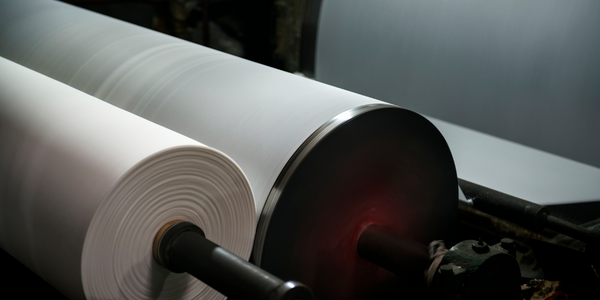Technology Category
- Functional Applications - Manufacturing Execution Systems (MES)
- Platform as a Service (PaaS) - Device Management Platforms
Applicable Industries
- Packaging
- Paper & Pulp
Applicable Functions
- Maintenance
- Product Research & Development
Use Cases
- Intelligent Packaging
Services
- Training
About The Customer
FrieslandCampina is a leading dairy company that produces a variety of milk products including Joyvalle and Campina milk, Cécémel, Fristi, and Nutroma. The company operates a factory in Aalter, where the packaging department runs on three shifts. The department is responsible for monitoring a range of parameters on the packaging machines to ensure they are working correctly. The company is committed to enhancing operational excellence in its manufacturing environments and has been working with PwC and Augnition on a development program aimed at improving the suitability of Proceedix for this purpose.
The Challenge
FrieslandCampina, a renowned dairy company, was facing operational challenges in its packaging department. The department, which operates in three shifts, required constant monitoring of a range of parameters on the packaging machines to ensure optimal functioning. Additionally, with each new production run, a new parameter list had to be completed. Until recently, these values were manually recorded on paper lists and stored, which was a time-consuming and inefficient process. The shift leader had to spend a significant amount of time filing these paper lists, and referring back to the values for a specific machine on a specific day was a cumbersome task. The paper-based process was not only inefficient but also prone to errors and lacked real-time accessibility.
The Solution
To overcome these challenges, FrieslandCampina implemented Proceedix, a digital application designed by PwC and Augnition. The app allows businesses to record and monitor their internal procedures digitally, making the recorded data easily accessible. The transition to digital procedures was well received by the employees. An operator logs on using a QR code or badge number and scans the QR code on the relevant packaging line. The operator is then guided through the procedure step by step. If values are outside the predefined limits, the operator is immediately notified. The app also digitalized the paper photo book, which operators used to look up where exactly on the machine a particular value is displayed. Once the list is completed, it is transmitted and stored in the cloud. The app administrators can easily add new parameter lists and consult the data as soon as the lists have been transmitted.
Operational Impact
Quantitative Benefit

Case Study missing?
Start adding your own!
Register with your work email and create a new case study profile for your business.
Related Case Studies.
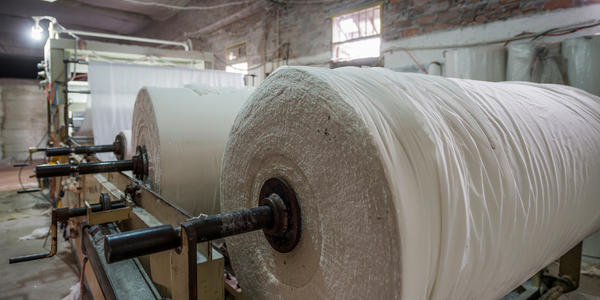
Case Study
Wireless Improves Efficiency in Compressed Air Systems
Hollingsworth and Vose wanted to improve the efficiency of their compressed air system, lower the electricity expense component of manufacturing cost in their commodity industry, and conserve energy leading to lowered greenhouse gas emissions. Compressed air systems degrade over time and become leaky and inefficient. Hollingsworth and Vose wanted to increase the frequency of system inspections without paying the high cost of manual labor.
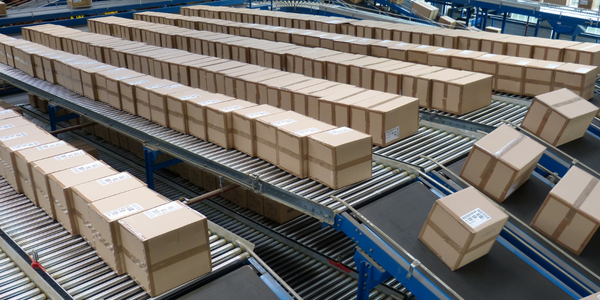
Case Study
IoT Data Analytics Case Study - Packaging Films Manufacturer
The company manufactures packaging films on made to order or configure to order basis. Every order has a different set of requirements from the product characteristics perspective and hence requires machine’s settings to be adjusted accordingly. If the film quality does not meet the required standards, the degraded quality impacts customer delivery causes customer dissatisfaction and results in lower margins. The biggest challenge was to identify the real root cause and devise a remedy for that.
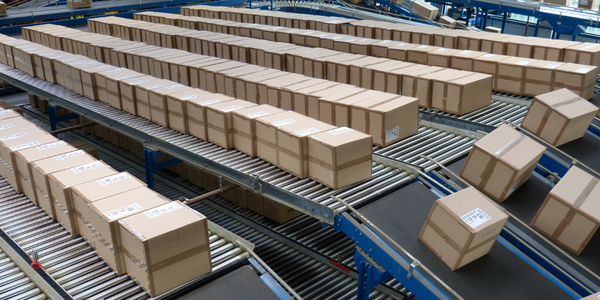
Case Study
Zenon the Ideal Basis for An Ergonomic HMI
KHS develops and produces machines and equipment for filling and packaging in the drinks industry. Because drinks manufacturing, filling and packaging consist of a number of highly complex processes, the user-friendly and intuitive operation of equipment is increasingly gaining in significance. In order to design these processes as simple as possible for the user, KHS decided to introduce a uniform, transparent and standardized solution to the company. The HMI interface should meet the requirement for people with different qualifications and enable them to work on a standard platform.
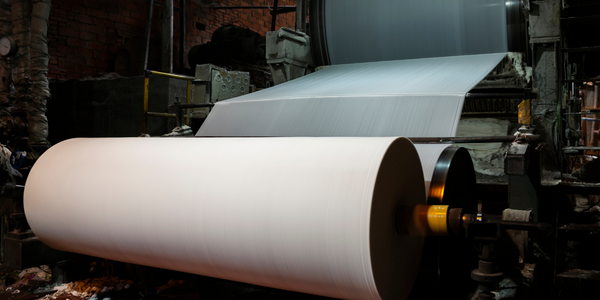
Case Study
Process Predictive Analysis in Pulp and Paper Mill
Common paper breaks consequently lead up to 60 minutes of downtime, delaying a potential $10K per hour of production value process. Thus, defective products cause financial and damage company's reputation. Improving quality and reducing defect rates can generate millions of dollars of revenue per year for your company.
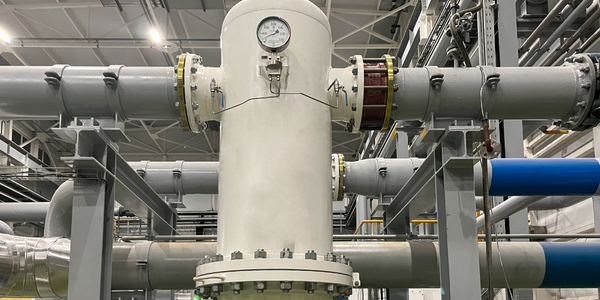
Case Study
Sparks Dynamics Assists Atlas Container Secure a $15,000 BGE Energy Rebate
The ReMASTER Compressed Air Monitoring system was installed in 2015. This system is capable of monitoring compressed air system parameters on a continuous basis and transferring that information to a cloud server which can be accessed by Atlas Container personnel, Industrial Diagnostics and Sparks Dynamics. This information was collected into a database which can be exported to an Excel spreadsheet or displayed graphically using Sparks Dynamics ViewMaster Software. The average annual compressed air electricity expense was estimated to be approximately $116,000. This is based on an incremental $/KWh electric rate of $.091 per KWh and an estimated compressed air energy consumption of 1,279,200 KWH. The implementation phase of Energy Conservation Measures (ECMs) for the Compressed Air System included: • Identification and repair of compressed air leaks • Understanding of compressed air usage per manufacturing machine and installation of shut off valves when the machines are no longer in production mode • Identification of misapplications of compressed air to include blow offs, venturis, and cooling scenarios • Understand system pressure requirements and potential installation of point of use pressure regulation.







